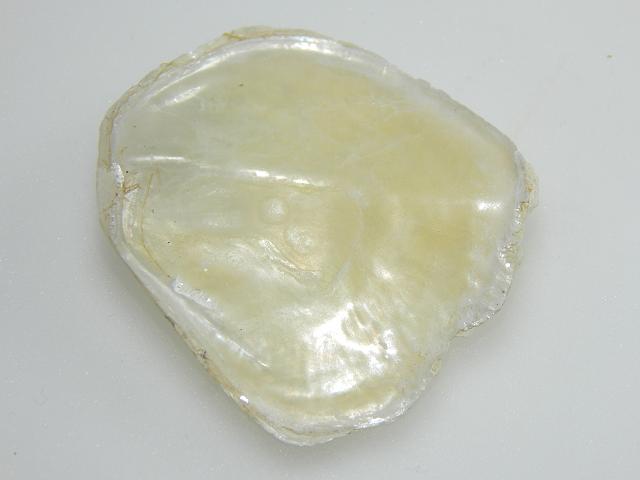
APHOTOMARINE
An educational resource dedicated mainly to the photography
and diversity of marine life that can be found in coastal waters
and intertidal areas of Great Britain and Ireland by David Fenwick.

Anomia simplex d'Orbigny, 1853 - Common jingle shell - a non-native species (Marine bivalve images)
Scroll down and rollover titles to change screen image or click on title to view image.
Common jingle shell
Anomia simplex
- interior of upper valve 1
Anomia simplex
- interior of upper valve 1
Common jingle shell
Anomia simplex
- interior of upper valve 2
Common jingle shell
Anomia simplex
- exterior of upper valve 1
Common jingle shell
Anomia simplex
- item of flotsam 1
The specimen of Anomia simplex, Common jingle shell, featured above, was found at Par Sands, Cornwall. 31.01.16. It was 28mm dia., and found as a dead shell. It was found with other shells on a black plastic piece of flotsam, part of a car running board with strengthening ribs on the underside. Nine shells of various species were found between these ribs. Other shell species include Isognomon bicolor, Isognomon radiatus and Ostrea equestris, all Florida / Gulf of Mexico species, and most nearly fully mature, some Isognomon were 50mm x 25mm in size.
Common jingle shell
Anomia simplex
- muscle scar 1
Common jingle shell
Anomia simplex
- muscle scar 2
Common jingle shell
Anomia simplex
- exterior 1
Common jingle shell
Anomia simplex
- exterior 2
Common jingle shell
Anomia simplex
- collection of shell valves 1
Common jingle shell
Anomia simplex
- collection of shell valves 2
Common jingle shell
Anomia simplex
- exterior 3
Common jingle shell
Anomia simplex
- exterior 4
Common jingle shell
Anomia simplex
- interior 1
Specimens above were purchased as reference specimens and are part of a private collection in Cornwall. Photographed 19.01.16.
This species is a known rafting species and was first recorded in the UK on flotsam at Par Beach, Cornwall, 31.01.16; specimen featured at top of page.

The main objective of this website is in furthering environmental awareness and education through the medium of photography. To increase awareness and access to the wildlife of the region and help
people find and identify it. Sometimes the difference between species is obvious but many species can only be determined by observing microscopic characteristics that are specific to any one species.